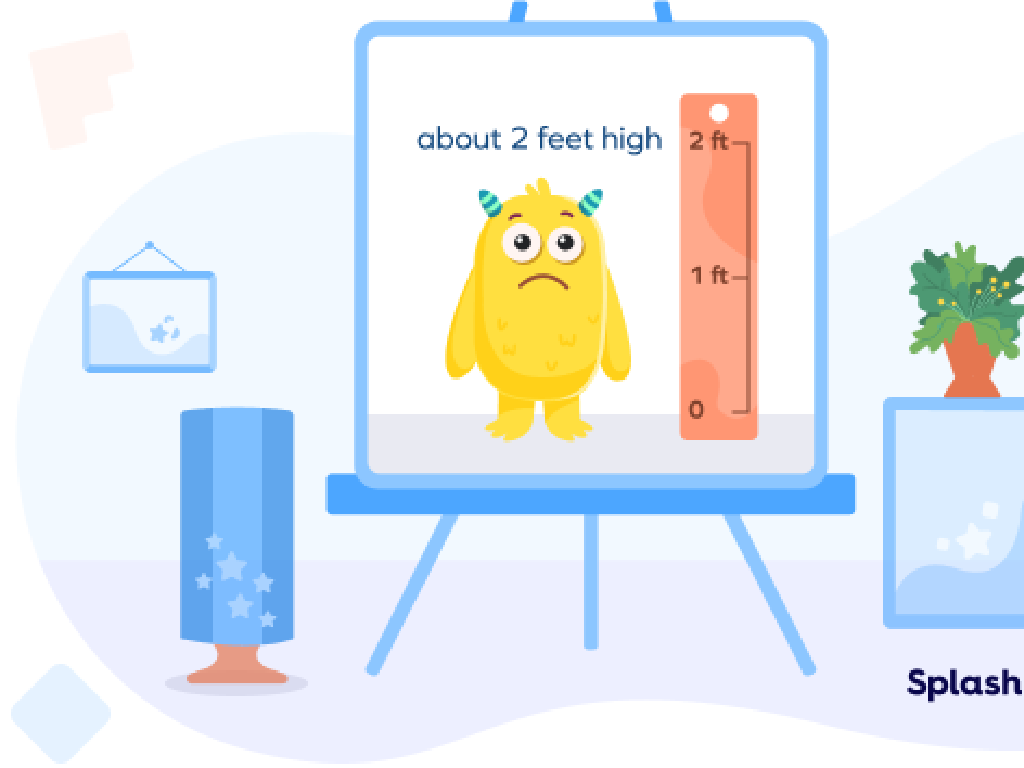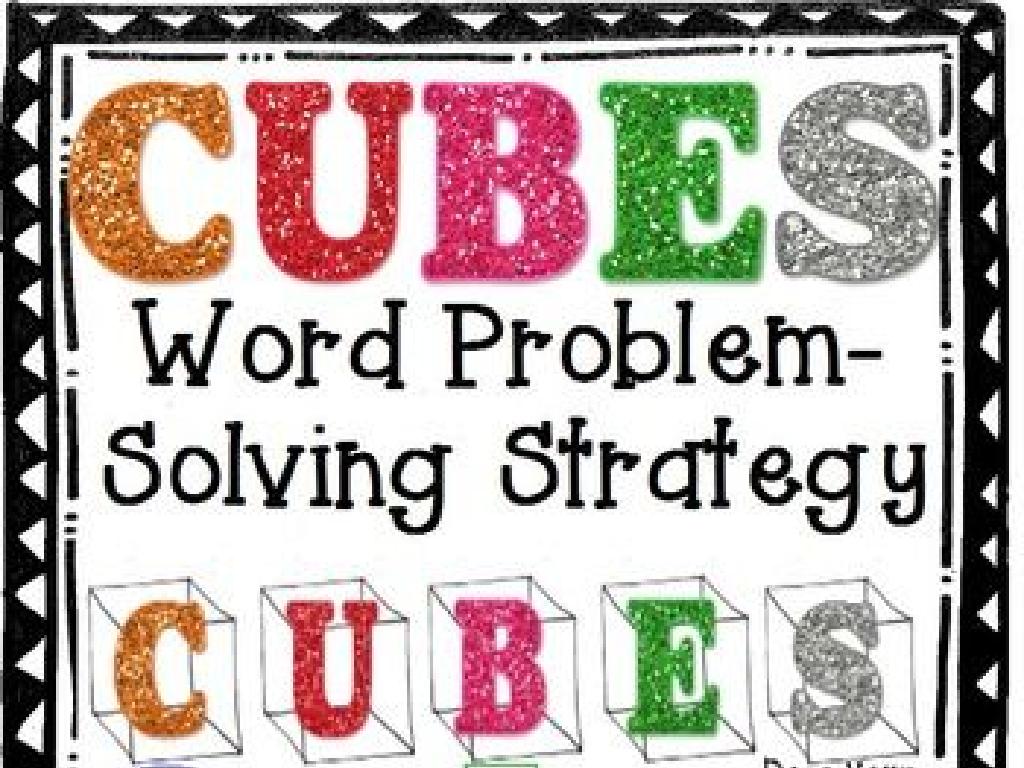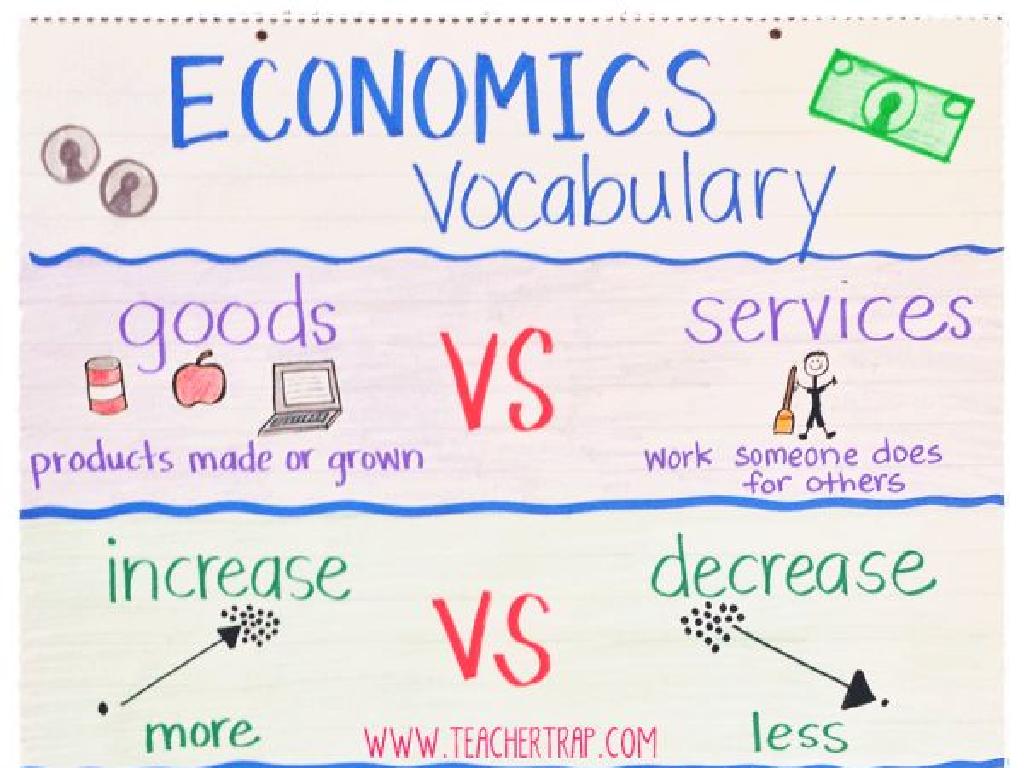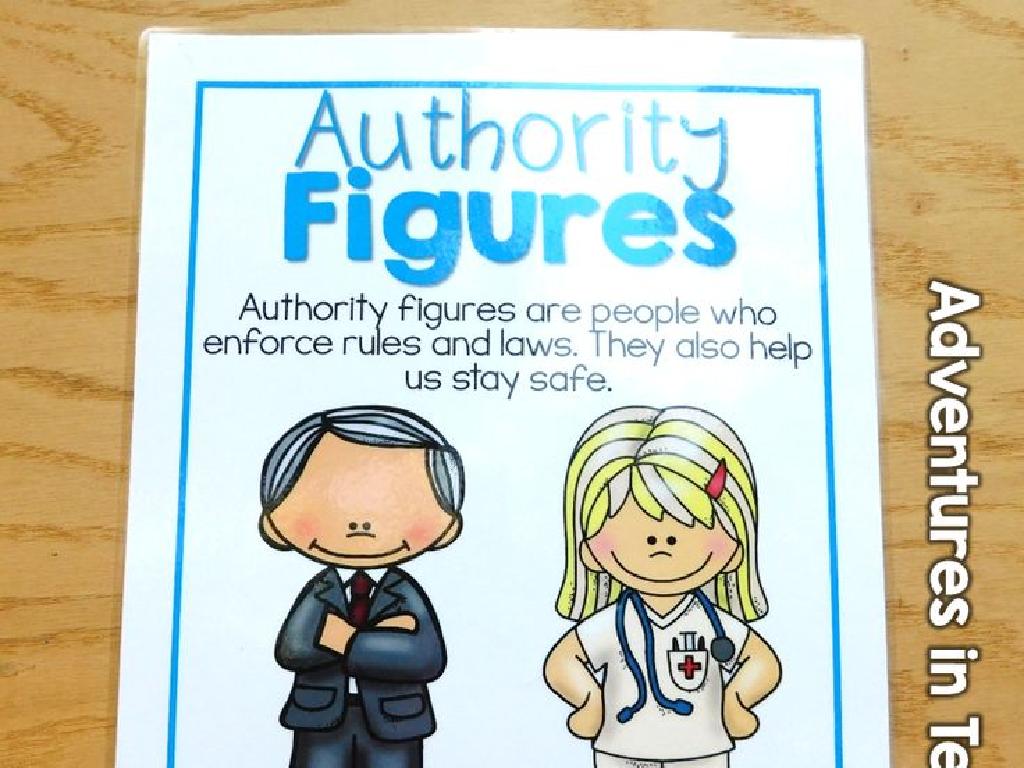Add And Subtract Money: Word Problems
Subject: Math
Grade: Fifth grade
Topic: Money
Please LOG IN to download the presentation. Access is available to registered users only.
View More Content
Introduction to Money Math
– Understanding money is essential
– Today’s focus: Adding & subtracting
– Learn to calculate totals and change
– Real-life applications
– Use in budgeting, shopping, saving
– Practice with word problems
– Solve problems involving purchases
|
This slide introduces the concept of Money Math, an important life skill that enables students to handle financial transactions effectively. Emphasize the importance of understanding money, not just as a math concept but as a necessary tool for everyday life. Today’s lesson will focus on adding and subtracting money, which is fundamental in activities like shopping and budgeting. Encourage students to think about how they use money in their daily lives and how these math skills apply. Provide examples such as calculating the total cost of items or figuring out change after a purchase. The goal is to prepare them for the word problems they will practice, which simulate real-life situations where they will apply these skills.
Recognizing Money: Coins & Bills
– Review coin names/values
– Quick recap: penny, nickel, dime, quarter and their worth
– Identify common coins
– Pennies (1¢), Nickels (5¢), Dimes (10¢), Quarters (25¢)
– Recognize paper bills
– Bills: $1, $5, $10, $20, and higher denominations
– Practice with real examples
– Use examples like buying a toy or saving allowance
|
This slide is aimed at refreshing the students’ knowledge of the different coins and bills used in everyday transactions. Start with a quick review of the names and values of coins, ensuring that students can identify each coin by its name and worth. Then, move on to paper currency, pointing out the distinct features that help differentiate between the various bills. Incorporate real-life scenarios such as purchasing small items or calculating change to make the lesson tangible and relatable. Encourage the students to handle play money or real coins and bills if possible to reinforce their learning through tactile experience.
Adding Money: Step by Step
– Learn to add money values
– Understand decimal points usage
– Dollars are whole numbers, cents are after the decimal
– Example: Combine bills and coins
– Add $5 (bill) + $1.25 (coins) = $6.25 total
– Practice with real-life scenarios
|
This slide introduces students to the concept of adding money, which is a practical skill they will use throughout their lives. Start by explaining the importance of aligning decimal points when adding dollars and cents. Emphasize that dollars are to the left of the decimal point and cents are to the right, with two decimal places. Use an example like combining a $5 bill with $1.25 in coins to illustrate the process. Encourage students to think of money addition as similar to regular addition but with the extra step of keeping track of the decimal point. Provide various examples and real-life scenarios for the students to practice, such as adding up the total cost of items when shopping or calculating change.
Subtracting Money: Making Change
– Steps to subtract money
– Line up the numbers by decimal, subtract like regular numbers, and add the dollar sign.
– Calculate change in transactions
– When you pay more than the cost, subtract to find out how much money you get back.
– Example: Buying an item
– If an item costs $8.50 and you pay with a $10 bill, how much is your change?
– Practice with real-life scenarios
|
This slide introduces students to the concept of subtracting money, particularly in the context of making purchases and calculating change. Start by explaining the steps to subtract money, emphasizing the importance of aligning the decimal points. Use real-life examples, such as buying an item at a store and figuring out the change from a larger bill. Provide a clear example, like purchasing an item for $8.50 with a $10 bill, and ask the students to calculate the change. Encourage students to practice with different scenarios, such as buying multiple items or using different bills, to ensure they understand the concept. The goal is for students to become comfortable with subtracting money amounts and making change, skills that are essential for everyday transactions.
Adding Money Through Word Problems
– Read the problem with attention
– Find the amounts to add up
– Solve step by step
– Break down the problem, add amounts one by one
– Example: Lemonade Stand earnings
– If you sold lemonade for $3, $4.50, and $2.75, how much did you make?
|
This slide is aimed at teaching students how to approach adding money through word problems. Start by reading the problem carefully to understand what is being asked. Next, identify all the different amounts of money that need to be added together. Teach students to solve the problem using a step-by-step approach, breaking down the problem into smaller, more manageable parts. Use an example like calculating total earnings from a lemonade stand to make the concept relatable. Encourage students to write down each step as they add the amounts to avoid confusion. In the next class, we can review these steps and practice with more examples to ensure students are comfortable with the process.
Subtracting Money with Word Problems
– Comprehend the question asked
– Determine starting and subtracted amounts
– If you have $20 and you spend $5, start with $20 as your total.
– Solve to find the remaining balance
– Use subtraction: $20 (starting amount) – $5 (spent) = $15 (remaining).
– Example: Calculating money left after a purchase
– Bought a toy for $7 with $10. How much money is left? $10 – $7 = $3 left.
|
This slide aims to guide students through the process of solving word problems involving the subtraction of money. Start by ensuring they understand the question, then identify the initial amount of money and how much needs to be subtracted. Walk them through solving the problem step by step to find out how much money remains. Use an example like purchasing a toy to make it relatable. For instance, if a student has $10 and buys a toy for $7, they subtract $7 from $10 to find out that they have $3 left. Encourage students to visualize the problem and to check their work by considering if the answer makes sense in the context of the problem.
Practice Time: Adding & Subtracting Money
– Let’s solve problems together
– Pair up for group activity
– Find a partner and collaborate on given problems
– Work on word problems
– Use addition and subtraction to solve real-life money scenarios
– Share solutions with class
– Discuss the methods you used to find the answer
|
This slide is designed to engage students in a collaborative learning experience. Begin by walking through a sample word problem as a class to demonstrate the process. Then, have students pair up to work through a set of word problems related to adding and subtracting money. Encourage them to discuss their thought process and problem-solving strategies with their partner. After completing the problems, each pair will share their solutions and the methods they used with the rest of the class. This activity promotes teamwork, communication, and reinforces their understanding of the topic. Possible activities could include calculating change from a purchase, adding up the total cost of items on a shopping list, or determining if they have enough money to buy certain items.
Class Activity: Create Your Own Store
– Form groups and set up your store
– Assign roles: sellers and buyers
– Practice adding and subtracting money
– Use price tags and pretend money to simulate purchases
– Calculate the correct change
– If an item costs $3.50 and you pay with $5, how much is your change?
|
This activity is designed to help students apply their math skills to real-world scenarios involving money. Each group will create a mock store with items to sell and money to use for transactions. Students will take turns being sellers and buyers, practicing addition and subtraction as they make purchases and give change. The goal is for each student to understand how to calculate the correct amount of change in a transaction. For the teacher: Prepare fake money and price tags beforehand. Suggest having items with varying prices to challenge the students’ addition and subtraction skills. Encourage students to double-check their math with each transaction. Possible variations of the activity could include offering discounts, dealing with sales tax, or handling returns.
Wrapping Up: Money in Real Life
– Review: Why add/subtract money?
– Adding and subtracting money helps with budgeting and shopping.
– Homework: Money Word Problems
– Solve problems on the worksheet to practice your skills.
– Next Lesson: Multiply/Divide Money
– Get ready to learn about using multiplication and division with money.
– Practice makes perfect!
|
As we conclude today’s lesson, remind students of the practical applications of adding and subtracting money, such as making purchases or managing a budget. For homework, assign the Money Word Problems Worksheet to reinforce today’s concepts and prepare them for the next class, where we will explore multiplying and dividing money. Emphasize the importance of practice in mastering these skills and encourage students to approach the worksheet with the same problem-solving mindset they used in class. Offer support for any students who may need extra help understanding the concepts.






